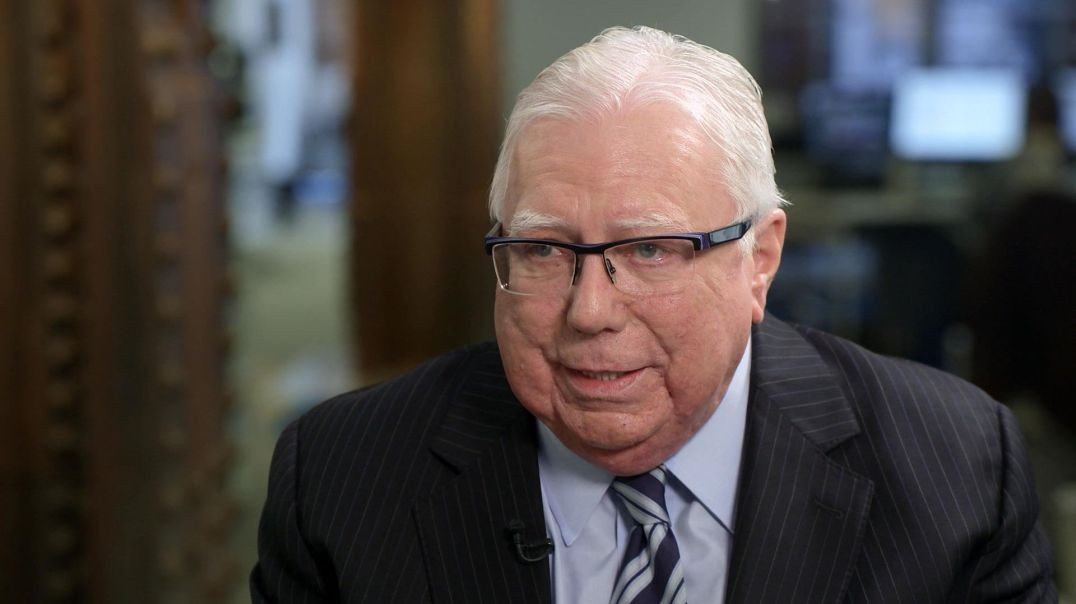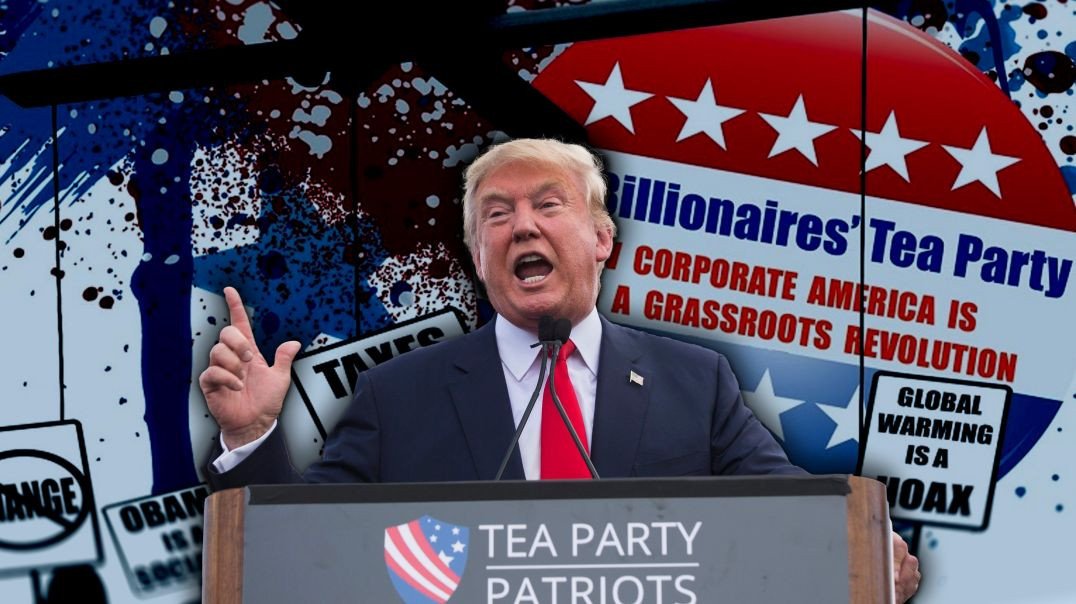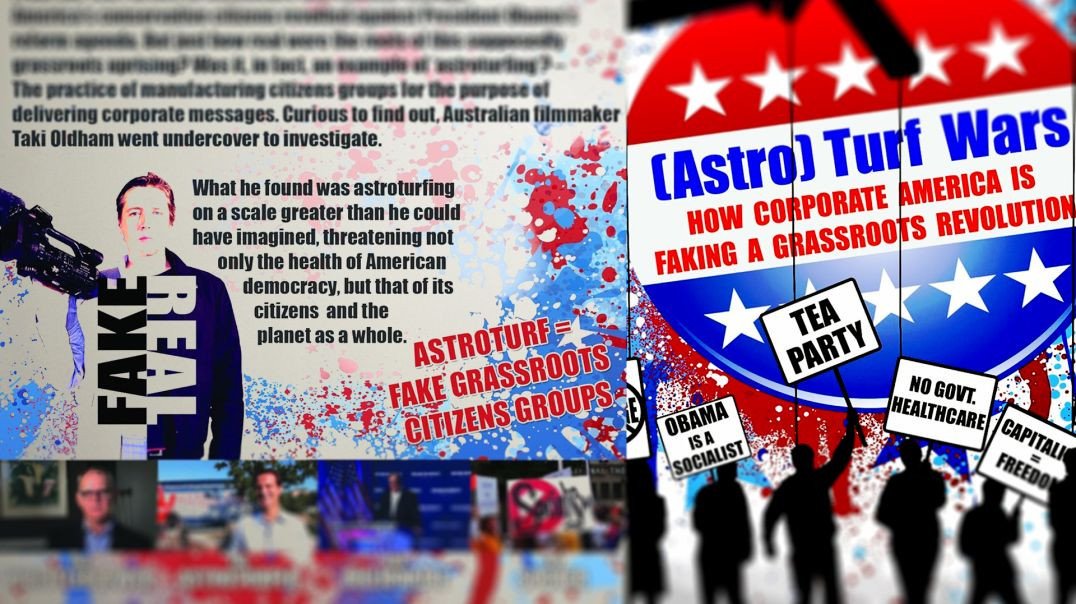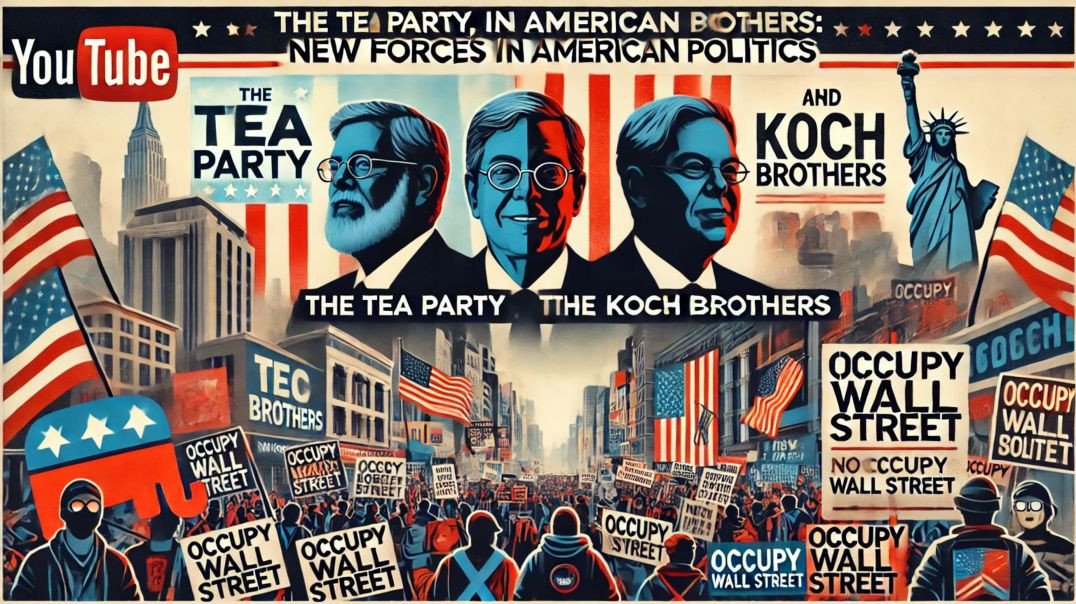#qanon The Tea Party Revolution
The Tea Party movement and QAnon share several similarities in their origins and impact on the political landscape. The Tea Party movement emerged in 2009, primarily in response to government bailouts, stimulus spending, and the Affordable Care Act under the Obama administration. It gained traction through grassroots organizing and expressed a fervent commitment to fiscally conservative policies, opposition to tax increases, and a focus on reducing government debt and spending.
Similarly, QAnon arose in 2017 as an online conspiracy theory that alleges a secret plot against President Trump by a "deep state" of government officials and celebrities involved in child trafficking and other nefarious activities. Like the Tea Party, it gained influence within the Republican Party and attracted a dedicated following, despite being perceived as fringe or extremist by mainstream political observers.
Both movements reflect a growing influence of far-right conspiracy theories within conservative circles, with QAnon in particular illustrating a potential evolution of such theories and their impact on the political landscape.
Accusations of Astroturfing:
Corporate Funding and Support:
Organizations such as Americans for Prosperity and FreedomWorks, which have ties to wealthy donors like the Koch brothers, provided substantial financial support and organizational resources to the Tea Party movement. Critics argue that this support helped to amplify the movement's reach and influence, creating a facade of widespread grassroots support.
Media Promotion:
The movement received significant coverage and promotion from conservative media outlets, particularly Fox News. This media attention helped to mobilize supporters and bring credibility and attention to Tea Party causes and events.
Professional Organization:
The level of coordination and professional organization behind many Tea Party events, including rallies and protests, suggested to some observers that the movement had more top-down support than a typical grassroots movement.
Grassroots Elements:
Despite these accusations, it's also clear that the Tea Party had genuine grassroots elements and attracted a significant number of ordinary citizens who were genuinely concerned about issues such as government debt, fiscal responsibility, and limited government. Many local Tea Party chapters were independently organized and relied on volunteer efforts. The movement's ability to mobilize large numbers of people stemmed from real, widespread discontent with government policies at the time.
Dual Nature:
In summary, the Tea Party movement exhibited characteristics of both grassroots and astroturfing. While it did receive substantial support and coordination from established political and corporate entities, it also tapped into genuine grassroots sentiment among a large portion of the American electorate. This dual nature helped the movement to gain traction quickly and have a lasting impact on American politics.
Evidence supporting the claims of astroturfing in the Tea Party movement often centers around the financial and organizational backing it received from well-established conservative groups and wealthy individuals. Here are some specific points of evidence:
Funding from Wealthy Donors:
Koch Brothers: Charles and David Koch, prominent conservative donors, are widely reported to have provided financial support to the Tea Party through their political advocacy groups, such as Americans for Prosperity (AFP). While it's difficult to quantify the exact impact, there is ample documentation of the Koch network's support for Tea Party activities.
Other Donors: Organizations like FreedomWorks and the Sam Adams Alliance also provided substantial funds and resources to support Tea Party initiatives.
Role of Conservative Advocacy Groups:
FreedomWorks: This organization played a significant role in organizing and promoting Tea Party events. It provided logistical support, training, and materials to local Tea Party groups, helping to coordinate nationwide efforts. While FreedomWorks presents itself as a grassroots organization, its top-down coordination and funding suggest a significant influence that some characterize as astroturfing.
Americans for Prosperity: AFP, supported by the Koch brothers, was instrumental in organizing rallies, providing educational materials, and mobilizing supporters. Their involvement gave the Tea Party a level of professionalism and reach that is often associated with more centralized political campaigns.
Media Promotion:
Fox News: Fox News heavily promoted Tea Party events and rallies, providing live coverage and enthusiastic support. This media attention significantly amplified the movement's reach and influence. Critics argue that such extensive media promotion by a major news network is indicative of coordinated effort rather than organic growth.
Professional Organizers:
Reports of professional political consultants and organizers working behind the scenes of Tea Party events also contribute to the astroturfing narrative. These professionals helped in planning, coordinating, and publicizing events, which is more typical of well-funded political campaigns than spontaneous grassroots movements.
Campaign for Liberty and Other Allied Groups:
Ron Paul's Campaign for Liberty, which had significant resources and organization, also played a role in supporting Tea Party activities. Allied groups provided additional infrastructure and professional expertise to the movement.
Coordinated Messaging:
The consistency of messaging across various Tea Party groups and events suggests a level of coordination not typically seen in entirely grassroots movements. Centralized talking points and strategic communication efforts contributed to a unified national presence.
Impact of Astroturfing Claims:
While these points provide substantial evidence for the claim of astroturfing, it's also important to note that the Tea Party movement did attract genuine grassroots support. Many local chapters operated independently with volunteer efforts, reflecting widespread public discontent with specific government policies.
The dual nature of the movement—having both genuine grassroots elements and significant support from established conservative organizations and wealthy donors—contributed to its rapid growth and lasting impact on American politics.







0 Komentar